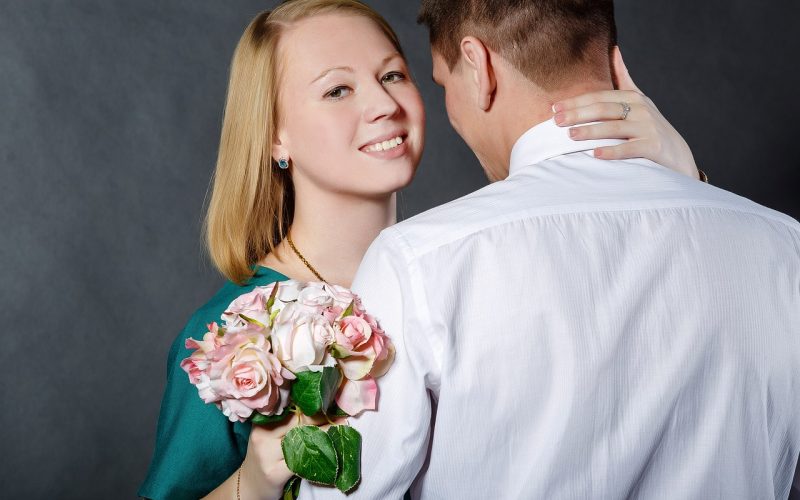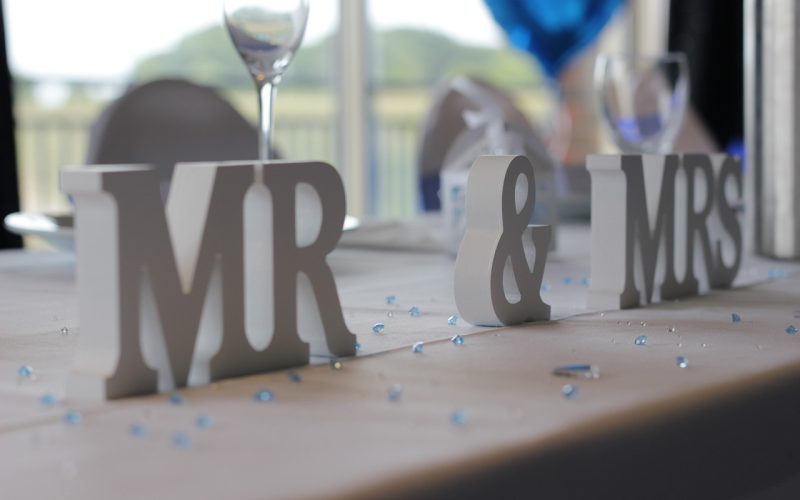A Shift In Perspective On Relationships
The concept of love and commitment has undergone a significant transformation in modern times. While marriage was historically seen as the pinnacle of romantic relationships, a growing number of people are now prioritising finding a life partner over tying the knot. This shift reflects the evolving attitudes towards relationships, personal goals, and societal structures.
Why marriage no longer defines commitment
Marriage, once perceived as the ultimate declaration of love and unity, has lost some of its traditional appeal. Many individuals today do not equate the legal and religious institution of marriage with long-term commitment. Factors such as financial independence, changing gender roles, and a focus on career aspirations have led to a broader definition of committed relationships. For many, the idea of partnership is no longer bound by the formalities of marital vows but is rather centred on trust, equality, and shared life goals.
Economic uncertainties and skyrocketing wedding expenses have also prompted individuals to rethink marriage. Couples who prioritise building stable futures often choose to bypass the financial strain of organising a traditional ceremony. This has contributed to the growing popularity of cohabitation, where two people live together without the expectation of marriage yet maintain a dedicated relationship.
The shift towards life partnerships
A life partner is someone who walks through life with you as an equal—in both joyful times and challenging moments. More individuals now view this type of relationship as a fulfilling alternative to traditional marriage. Life partnerships allow couples the flexibility to define their commitments on their own terms without the historical and societal expectations often tied to marriage.
Interestingly, studies suggest that younger generations, particularly Millennials and Gen Z, are leading the charge in reshaping relationship norms. Many young people are driven by the desire for emotional intimacy, shared values, and compatibility rather than the societal validation of a married status. The focus has shifted from performing traditional roles to forming meaningful connections that prioritise mutual respect and personal growth.
Changing definitions of family and permanence
The modern perspective on relationships has also influenced what it means to build a family. While traditional marriages were often seen as prerequisites to starting a family, growing acceptance of diverse family structures has changed this narrative. From unmarried cohabiting parents to blended families, society now recognises more flexible definitions of family.
Furthermore, the notion of permanence in relationships is being revisited. Where marriage was once synonymous with “forever,” couples today are more open to redefining what success looks like in a partnership. Success is no longer solely tied to longevity; it is also about the quality of the relationship and the happiness it brings. This evolving mindset allows individuals to seek partnerships rooted in authenticity rather than obligation.
Wider acceptance of non-traditional relationships
The shift from seeking marriage to seeking life partners is in part aided by society's growing acceptance of non-traditional relationship dynamics. Same-sex partnerships, polyamorous unions, and long-term cohabitation no longer carry the stigma they once did. This progress has empowered people to explore different kinds of partnerships without feeling constrained by societal expectations.
Technology, too, has played a pivotal role. With dating apps facilitating connections between individuals who share similar goals and values, people are increasingly able to find partners who align with their vision of love and commitment—be it marriage or a non-marital partnership.
Is marriage a thing of the past?
Despite these shifts, marriage is by no means obsolete. For many, it remains a significant institution, symbolising love, stability, and cultural or religious values. However, the key difference today is choice. Individuals now have the freedom to define relationships in ways that best suit their needs rather than conforming to a one-size-fits-all model.
This choice reflects the increasing prioritisation of personal happiness. Whether someone seeks a life partner or opts for marriage, the goal remains the same—to build a connection that stands the test of time. It is this pursuit of meaningful connections that continues to shape the evolving landscape of love and relationships.
Love in the modern world
The shift from prioritising marriage to prioritising a life partnership highlights how the values of love and commitment are changing. While marriage remains an important choice for those who value tradition, the rising preference for life partners signals a more open and inclusive view of relationships. Ultimately, this trend is driven by the desire for authentic connections. Whether through marriage or partnership, finding love in a form that aligns with personal beliefs and goals is what truly matters in today’s world.










